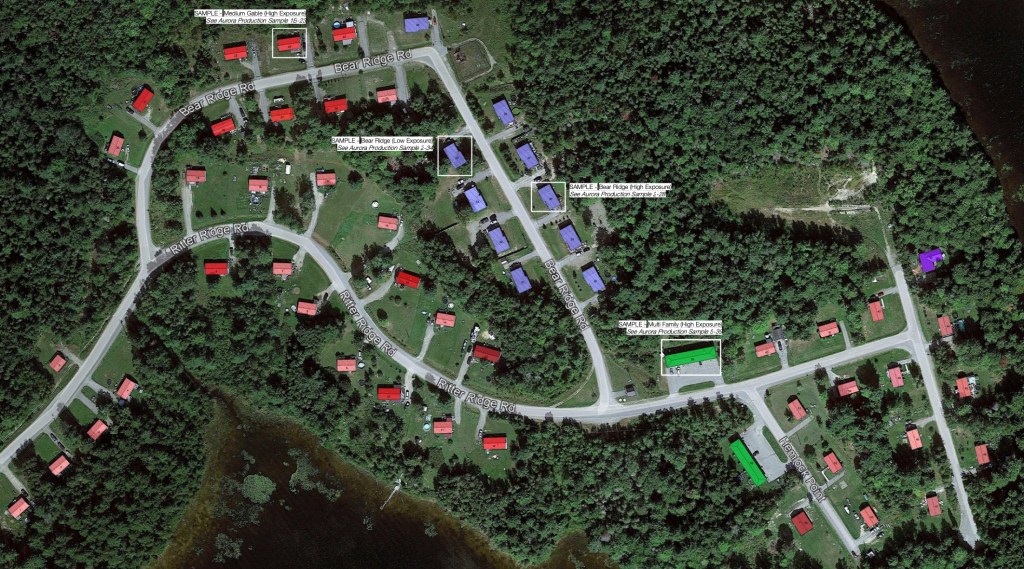
HALLOWELL — The Passamaquoddy Tribe can move ahead with a plan to install hundreds of solar panels on homes and administrative buildings in Indian Township, regulators unanimously said Tuesday.
The project’s fate is now largely up to the Environmental Protection Agency — and whether it will still allow the tribe to access a $7.4 million grant secured more than 13 months ago.
The tribe has said the plan could save residents of Indian Township, where the per-capita income is about a third of the statewide average, more than $7 million over the next 25 years. But a dispute over whether it adheres to Maine’s net energy billing rules put the project on ice for more than a year.
The fight has revolved around whether the local utility, Eastern Maine Electric Cooperative, should be required to provide billing credits for households that get rooftop panels installed as part of the project and produce more electricity than they use. That answer relies largely on whether the installations are viewed as one large project, as the co-op has contended, or as hundreds of smaller projects, as the tribe has said.
At the Public Utilities Commission’s meeting Tuesday, regulators ruled that the project is in line with the original intent of the state’s net energy billing laws and that its shared funding source did not make it a single project. The commission is expected to issue a final written order in the coming days, which will include additional details and guidelines for a possible appeal by the co-op, said the commission’s spokesperson, Susan Faloon.
PUC Chair Philip L. Bartlett II said the tribe’s proposal is “precisely the kind of (net energy billing project) that the Legislature has consistently sought to incentivize.”
Experts have said the case’s outcome could set a precedent for similar projects where residents in a single community — for instance, a mobile home park or retirement village — attempt to install solar using one company. The implications of Tuesday’s ruling are not yet clear but it appears to indicate that such projects would also be permitted under the current energy credit rules.
Commissioner Patrick Scully said he sees no legal difference between the tribe’s proposal and a hypothetical situation in which neighbors in a Portland subdivision work together with a company to install panels on several homes that are separately connected to the grid.
In a written statement issued after the meeting, the Eastern Maine Electric Cooperative said it was “disappointed” by the outcome and would review the final order to determine its next steps.
“To be clear, the Co-op is supportive of its members installing solar but is opposed to requiring its members to subsidize large solar projects that do not meet the Net Energy Billing program’s legal requirements,” the co-op said.
WHAT NEXT?
The commission’s decision comes as the federal government attempts to roll back renewable energy projects, including through the sudden terminations of already pledged grants. This summer, the EPA clawed back a $62 million grant to install solar panels in low-income communities.
“We will probably — unless we get told otherwise by EPA — start to go ahead with purchasing materials,” said Trevor White, an environmental officer for the tribe who has helped shepherd the proposal since its inception. “The ball is in EPA’s court. They’re the ones who will tell me whether it’s OK to go ahead and draw down on this grant.”
So far, workers at the federal agency have told White that the funding should remain available, but they have not made any promises in writing, he said in an interview.
“I’m not sure anyone, frankly, has clarity on what the next move with the federal government and these kinds of funds is,” said Rebecca Schultz, senior advocate for climate and clean energy at the Natural Resources Council of Maine.
The tribe still needs to nail down which houses will get panels and who will be prioritized, among other details, White said. Tribal leaders plan to convene a committee to help develop that plan.
Schultz said she hopes to see the cooperative work with tribal leaders to develop an installation and interconnection plan that works for both parties, rather than continuing to appeal. She suggested, as one example, that the batteries in Indian Township could be set to discharge power during periods of high demand throughout the co-op’s service territory, lowering overall burden on the utility’s grid.
“(The utility) has an opportunity to set a national example for how a forward-looking, rural, consumer-owned utility can embrace new energy technologies and modernize its operations,” Schultz said. “All eyes will be on EMEC to show that it’s up to the task and won’t continue to throw obstacles in the way of the Passamaquoddy people.”
The co-op has repeatedly denied claims that it has acted to intentionally delay the project in hopes that the EPA funding will dry up, as White and others have suggested. In its response Tuesday, the co-op called those claims “absolutely false.”
Though planning will resume immediately, White said it is unlikely that any panels can be installed until next year.

We invite you to add your comments. We encourage a thoughtful exchange of ideas and information on this website. By joining the conversation, you are agreeing to our commenting policy and terms of use. More information is found on our FAQs. You can modify your screen name here.
Comments are managed by our staff during regular business hours Monday through Friday as well as limited hours on Saturday and Sunday. Comments held for moderation outside of those hours may take longer to approve.
Join the Conversation
Please sign into your CentralMaine.com account to participate in conversations below. If you do not have an account, you can register or subscribe. Questions? Please see our FAQs.